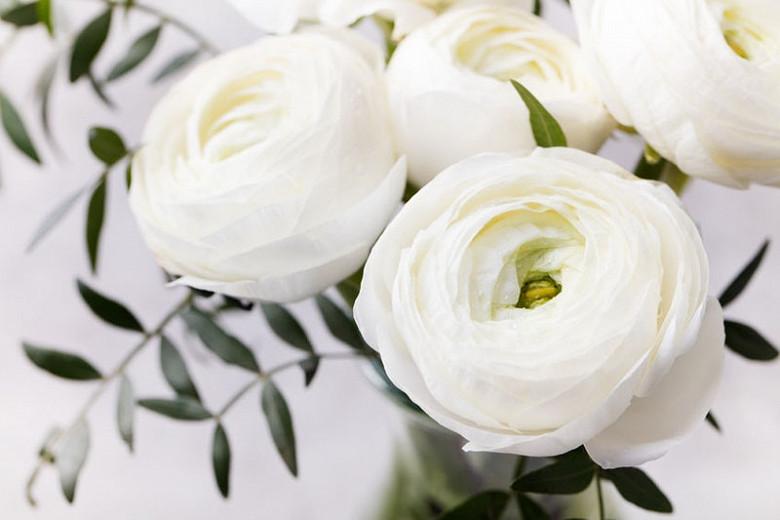Did you scroll all this way to get facts about white buttercup? Well you're in luck, because here they come. There are 2636 white buttercup for sale on Etsy, and they cost $11.12 on average. The most common white buttercup material is metal. The most popular color? You guessed it: white. Tiny white 4-petaled flowers projecting on hairlike stalks from a spike ¾–3' long. Basal leaves are 2–16' long, lanceolate, dark green, with parallel veins. Special: Not native. Among them are the Meadow Buttercup (Ranunculus acris), Goldilocks Buttercup (R. Auricomus), Creeping Buttercup (R. Repens), Large White Buttercup (R. Platanifolius), Celery-leaved Buttercup (R. Sceleratus), Corn Buttercup (R. Arvensis), Bulbous Buttercup (R.
Water Buttercup control, 2 good options.
Published by Jamie Markoe on November 14, 2013 0 CommentsWater Buttercup, Water Crowfoot (ranunculus aquatilis), is one perennial weed in the Buttercup family that has 360 different species. It can be found world-wide in the quiet waters of ponds, in ditches and along the shoreline of lakes and slow moving streams.
Water Buttercup is eaten by a variety of waterfowl and fish. It also provides habitat for aquatic insects.
It has 2 distinct types of leaves. Submersed leaves are alternately attached, fan-shaped with fine thread-like leaves that collapse when removed from the water. Floating leaves, when present, are flat and have 3-5 scalloped lobes. It has a single flower on a stiff stalk that rises above the water surface. The flower has a yellow center and 5 white petals that bloom from April to August.
Water Buttercup propagates from seeds and stem fragments.
Water Buttercup can grow in thick dense mats that will restrict water recreation including boating, swimming and fishing.
Physical removal and chemical treatment are 2 good options.

1) Physical removal can be easily obtained by cutting or raking out all the weed fragments.

White Buttercup Flower
2) Chemically control area with diquat.
Diquat mixed with a non-ionic surfactant is an excellent fast-acting contact option. Addition of copper ethanolamine will often improve effectiveness in difficult to control areas.
We recommend, 6 oz. of Harvester Liquid with 3 oz. CYGNET PLUS Liquid or combine 4 oz. of Harvester Liquid, 4 oz. of CUTRINE-PLUS Liquid and 3 oz. of CYGNET PLUS Liquid. Add enough water to the concentrate to make 1½ gallons of spray solution. 1½ gallons of solution will treat 1,000 sq. ft. (100’ x 10’). It is best to treat before flowering. Repeat treatment may be needed to make good contact with all the foliage.
Next Steps:
White Buttercup Plant
To visit our online store click here
To Request our product catalog click here

To learn about lake weed analysis click here
White Buttercup Image
Post Comment
